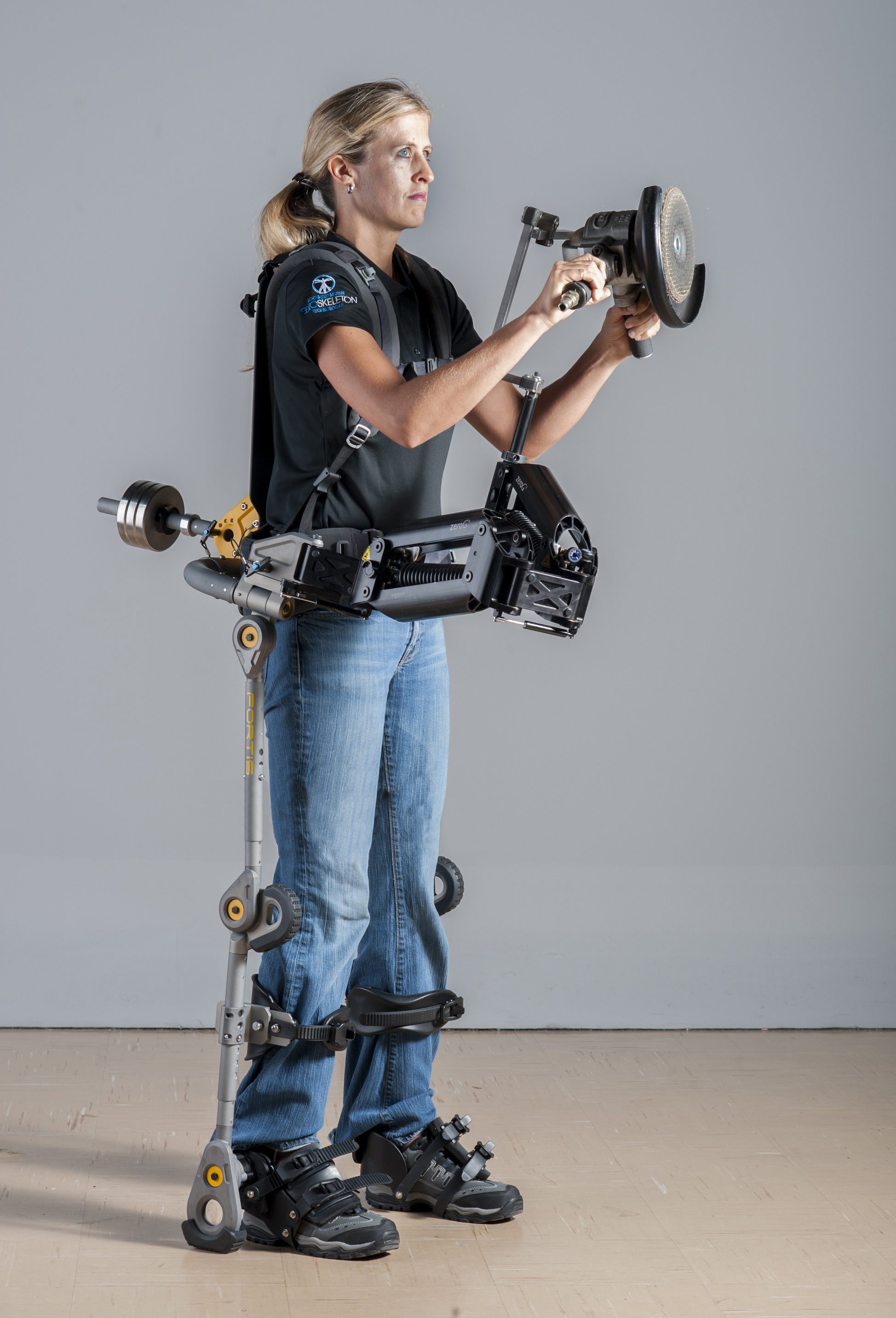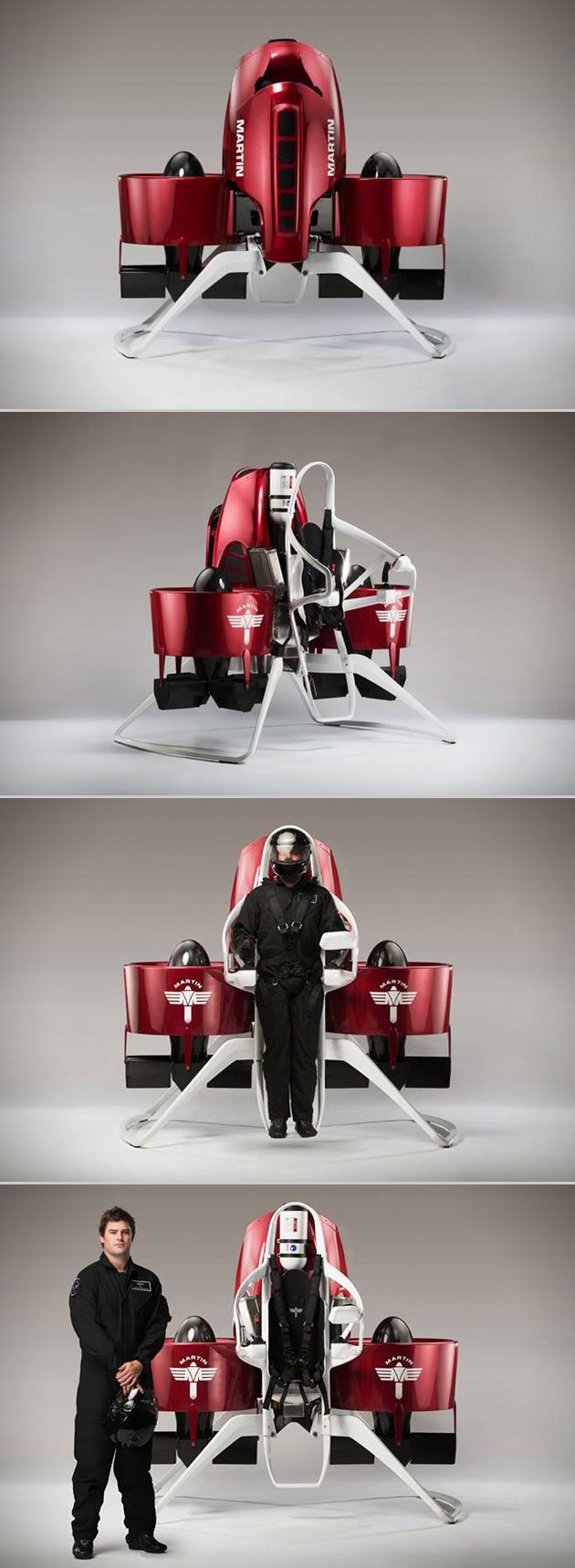Schlagwort: martin
-

Lockheed’s Bionic Exoskeleton a Super-Human Reality
Reading Time: < 1 minute[mbYTPlayer url=“https://www.youtube.com/watch?v=GUMg4KADC0E“ opacity=“.5″ quality=“medium“ ratio=“auto“ isinline=“false“ showcontrols=“false“ realfullscreen=“true“ printurl=“true“ autoplay=“true“ mute=“true“ loop=“true“ addraster=“true“ stopmovieonblur=“false“ gaTrack=“false“] It’s the stuff of science fiction, a suit with super-human strength. But after decades of scientific research, it’s quickly becoming reality. „Capitol Gains“ gives viewers a look at Lockheed Martin’s new bionic suit that could…


